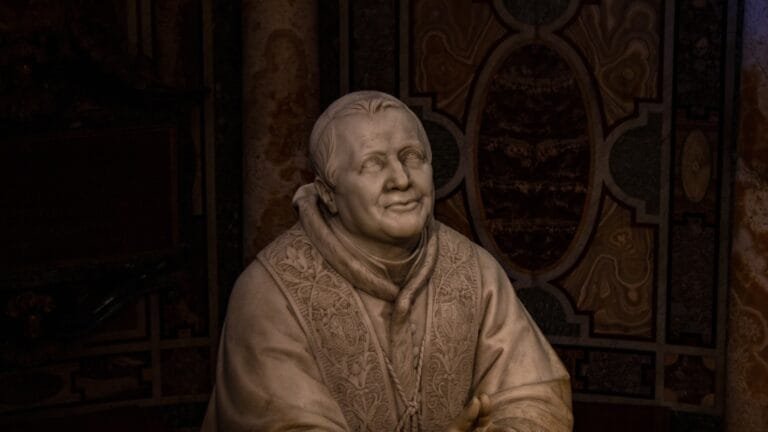She landed in the US in 2021, where she is currently honing her skills at the Rhode Island School of Design, one of America’s oldest and most prestigious art colleges, whose famous alumni include filmmaker Gus Van Sant, artist Shepard Fairey and actor Seth MacFarlane.
“I felt lonely when I moved to the US,” says Zhang via video call from the US. “I was struggling and kept asking myself, ‘How can I make friends? How can people better understand me?’”
Gay cruising spot or sacred Hong Kong wishing tree? This art is both
Gay cruising spot or sacred Hong Kong wishing tree? This art is both
Art helped her express her feelings and connect with people.
“It became a language, a chance to communicate with people so they could better understand the Asian community,” she says. “A personal part of my art is not just about identity exploration but about resilience under stress.”
Zhang is now digging deeper into the therapeutic aspects of art and storytelling.
“I want to do interdisciplinary work, like collaborating with hospitals and researchers,” she says.

She recently worked with the Boston Medical Centre to create cards that help children experiencing trauma express themselves.
“We illustrated a set of trauma cards for kids with fun, relatable characters, playful aspects of self-exploration.”

And her art is getting noticed.
In 2023, Zhang was named a winner of the L. Ron Hubbard Illustrators of the Future Contest, earning her a trip to Hollywood this month for a week-long masterclass workshop.
The awards ceremony takes place on April 25, while her winning art will be published in May in the anthology L. Ron Hubbard Presents Writers of the Future Volume 40.
The list of judges for the competition reads like a “who’s who” from the world of illustration, and includes fantasy artists Larry Elmore (Dungeons & Dragons book covers), Bob Eggleton and Rob Prior (art for Spawn, Heavy Metal comics and Buffy the Vampire Slayer).

“I’m so inspired by Shaun and admire his work ethic, not just because of his whimsical and playful illustrations but because he addresses serious issues like immigration,” Zhang says.
Tan showed her how art could be used as a tool for positive social change. She is now focusing on a career as a psychotherapist.
“I want to use my skills to help people, and storytelling is such a healing process in the clinical field,” she says, adding she plans to work with non-English-speaking Hispanic immigrants “so art can be a form of language – a tool to tell their story”.


Combining art with therapy could boost her job prospects; as an international student, finding work in the US is complicated. Another obstacle is the rise of artificial intelligence, she says.
“I don’t think I could rely just on illustration to make a living – it might just cover the rent in New York.”
Developing art therapy in her native China is also on her wish list.
“A lot of people suffer from chronic stress but the culture in China is to discourage people, especially men, from being vulnerable. I want to address this issue.”

For most people, Hubbard’s name is inextricably linked to Scientology, the religious movement he founded in the early 1950s that, in a nutshell, believes that people are immortal alien beings trapped on earth in human bodies. Hollywood stars Tom Cruise and John Travolta are high-profile followers.
It is all about perspective, Zhang says. “It depends on how you think about it,” she says of the award, whose past winners have published 2,000 novels and almost 6,300 short stories between them, including 36 New York Times bestsellers.
“Myself and many other artists who have won this award are grateful for its legacy that brings so many talented and kindhearted artists together.”

Many artists who care about social justice and activism are among the underprivileged, she says, which makes art education and funding vital in supporting voices from diverse backgrounds. But awards have become highly institutionalised, Zhang says.
“There are few well-organised art awards that are open to the public that help people who don’t have the privilege of being in art school,” she says.
“That’s why I’m planning a non-profit organisation to use art and education to support underprivileged groups.
“I want to host fundraising art sales and art therapy workshops to teach creative skills to disadvantaged groups, build supportive communities and improve social well-being.”













